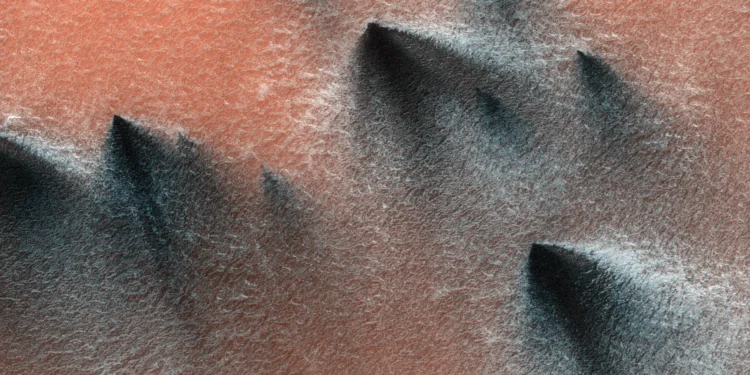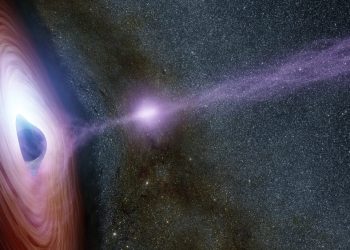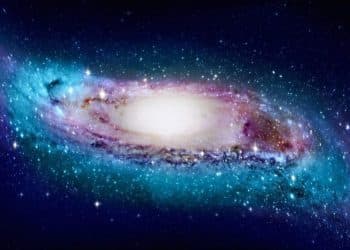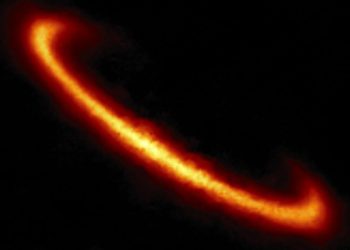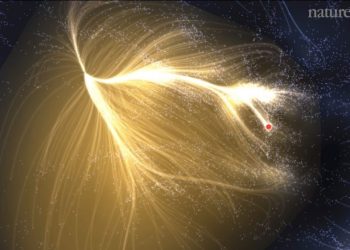NASA has released a remarkable image capturing a rare and mesmerizing event on Mars—carbon dioxide geysers erupting near the planet’s south pole as winter transitions to spring. These fan-shaped formations, visible only during the Martian spring, occur when frozen carbon dioxide accumulated during the winter transforms into gas, escaping through cracks in the surface and creating spectacular bursts of dust and vapor.
The image, originally taken in 2018 by the Mars Reconnaissance Orbiter (MRO), has resurfaced in NASA’s latest release, sparking renewed interest in this fascinating seasonal transformation on the Red Planet.
A Dance Between Ice and Sunlight
Unlike Earth’s geysers, which are powered by underground heat and water pressure, the ones on Mars are fueled by solar energy interacting with layers of frozen carbon dioxide. NASA explains that carbon dioxide ice is largely transparent, allowing sunlight to penetrate and warm the ground beneath. As temperatures rise with the change in seasons, the ice sublimates—transitioning directly from solid to gas—until the built-up pressure forces it to erupt through the surface in a striking display of Martian activity.
These dramatic eruptions carve out dark, web-like streaks in the surrounding landscape, commonly referred to as “Martian spiders.” The recurring nature of these formations provides planetary scientists with invaluable insights into seasonal climate patterns on Mars.
The Role of Mars’ Orbit in Its Unusual Seasons
Mars experiences seasonal changes much like Earth due to its axial tilt of 25.2 degrees—only slightly more than Earth’s 23.5 degrees. However, because Mars takes 687 Earth days to complete a full orbit around the Sun, its seasons last roughly twice as long as those on our planet.
One significant difference in Martian seasons is caused by the planet’s elliptical orbit. During summer in the southern hemisphere, Mars is at its closest approach to the Sun, making the season shorter and hotter. Conversely, during southern winter, Mars moves to its farthest point from the Sun, resulting in a prolonged and frigid season. The stark contrast between the hemispheres creates unique atmospheric and surface conditions that influence everything from dust storms to ice formations.
Capturing Mars in High Definition
The breathtaking image was taken by the High-Resolution Imaging Science Experiment (HiRISE) camera aboard the Mars Reconnaissance Orbiter. Launched on August 12, 2005, and reaching Martian orbit on March 12, 2006, MRO continues to provide some of the most detailed and revealing images of Mars ever captured.
This latest release from NASA serves as a stunning reminder of the dynamic processes shaping the Martian landscape and highlights the importance of ongoing planetary exploration.



